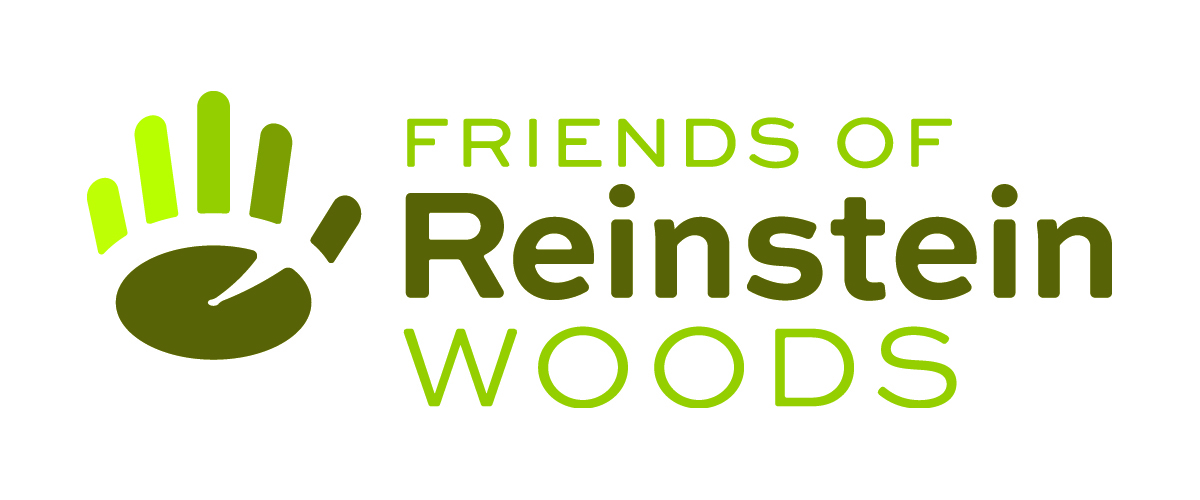Tag Archives: Virtual “WOODS Walk” Series
Virtual “WOODS” Walk Series
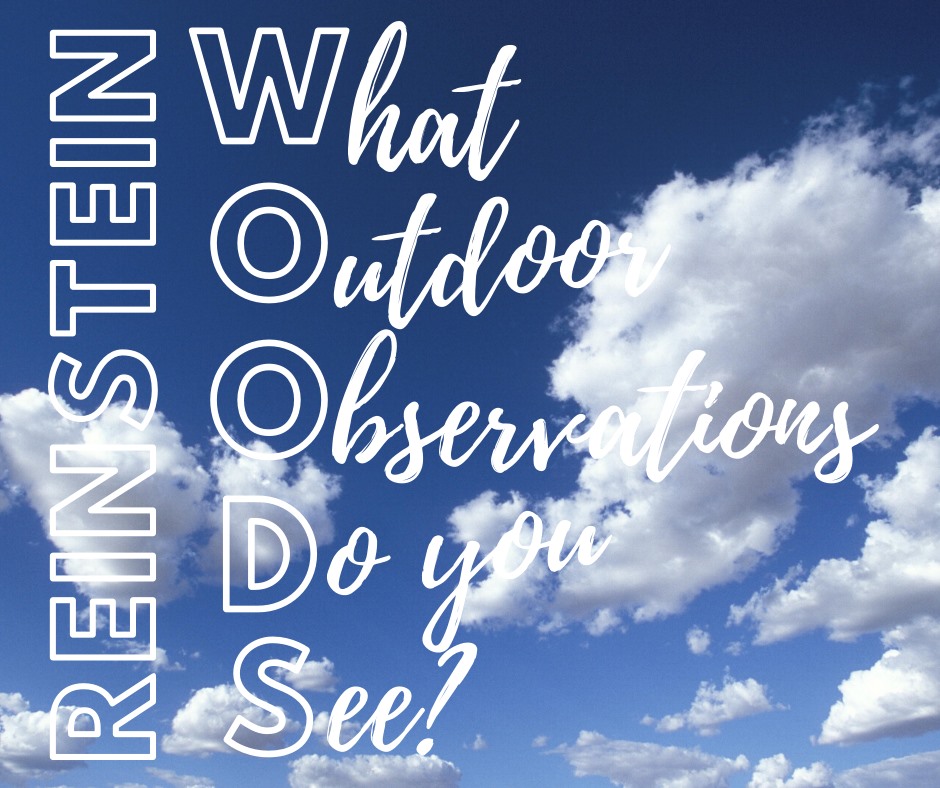
Challenge 14: Go cloud watching!
Take out an easy cloud ID chart from NASA and see what’s gliding by. Think you’ve got the hang of it? Make it a daily contribution to science using the Globe Observer app! Links below:
Virtual “WOODS Walk” Series
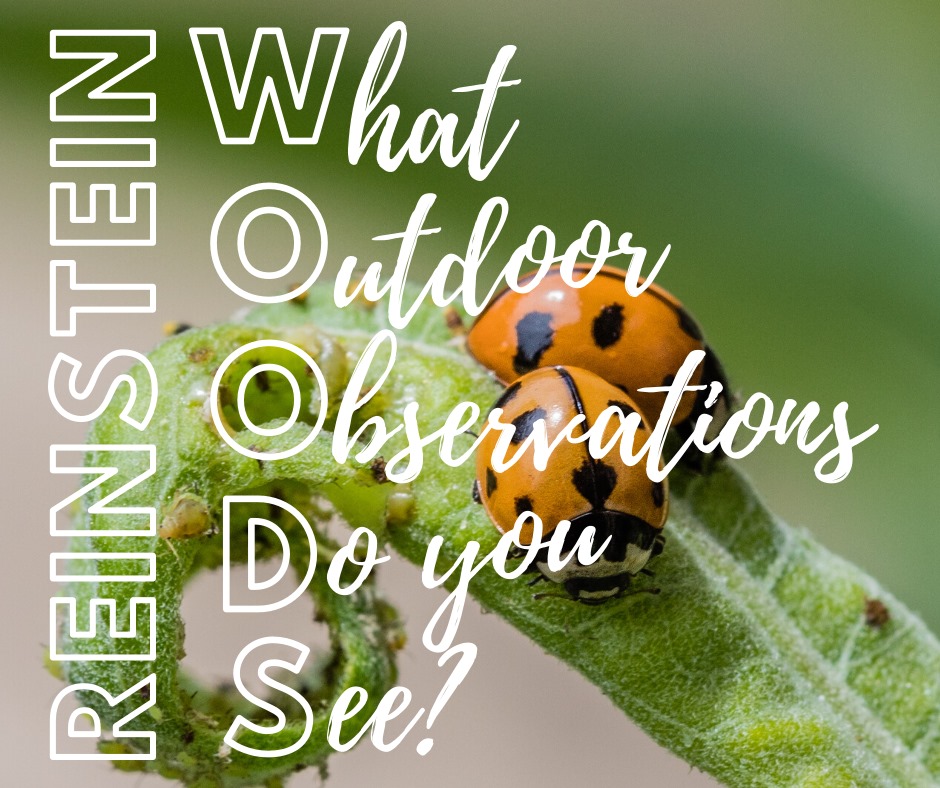
Challenge 13: Create a minibeast palace!
You can create a habitat for tiny creatures in your neighborhood using sticks and leaves and even small logs. Check out this tip sheet from the Woodland Trust for pointers.
Virtual “Woods Walk” Series
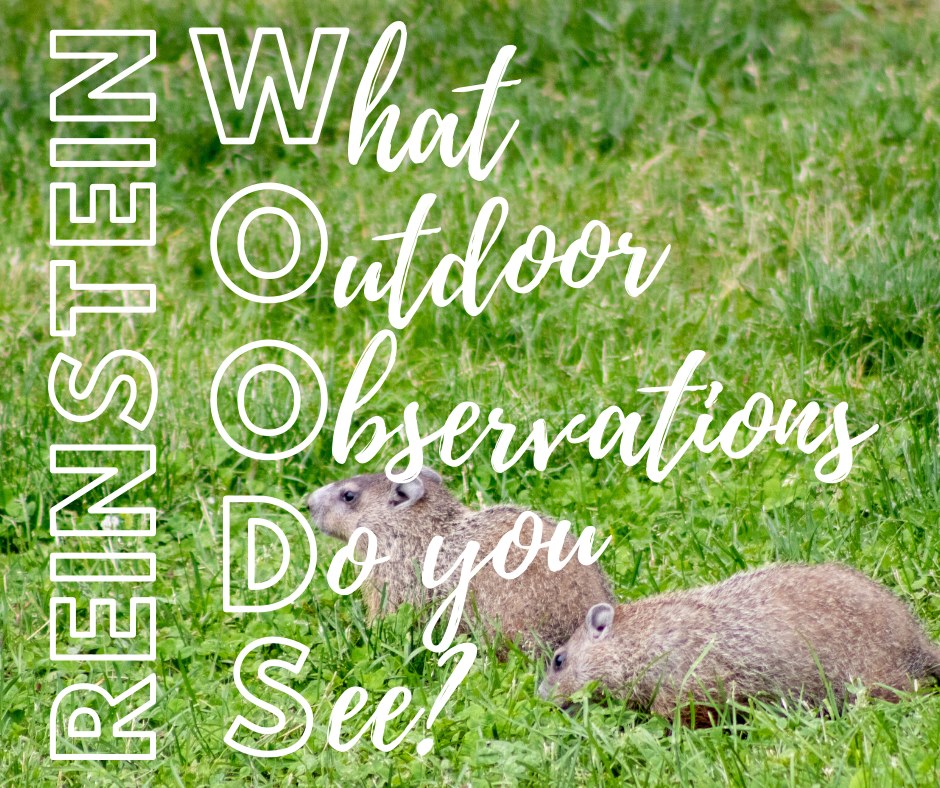
Challenge 12: It’s Mammal Monday! Find as many mammal species as you can!
Now that spring has arrived, we are not just limited to seeing animals that are active through the winter. How many mammal species can you find in your neighborhood? Please comment what you find!
Virtual “WOODS” Walk Series
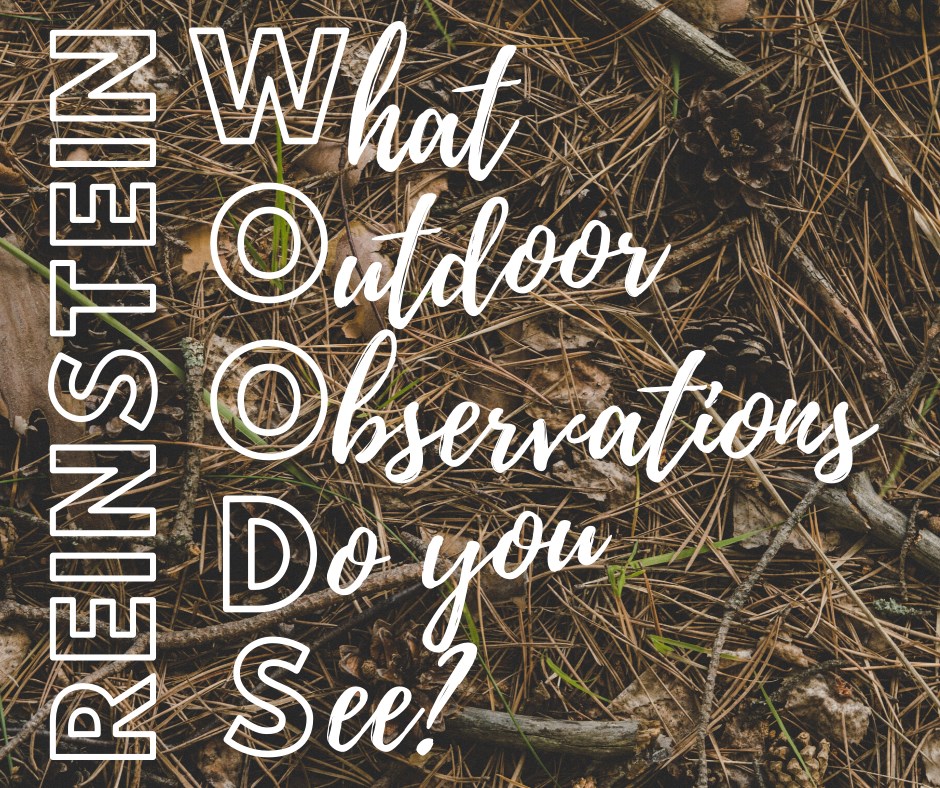
Challenge 10: Create a mud face!
Use mud to make the shape of a face on the ground or on a tree trunk. Use leaves, pebbles, twigs, seeds and more to add eyes, nose, hair, and ears. See more at Tree Tools For Schools.
Virtual “WOODS Walk” Series
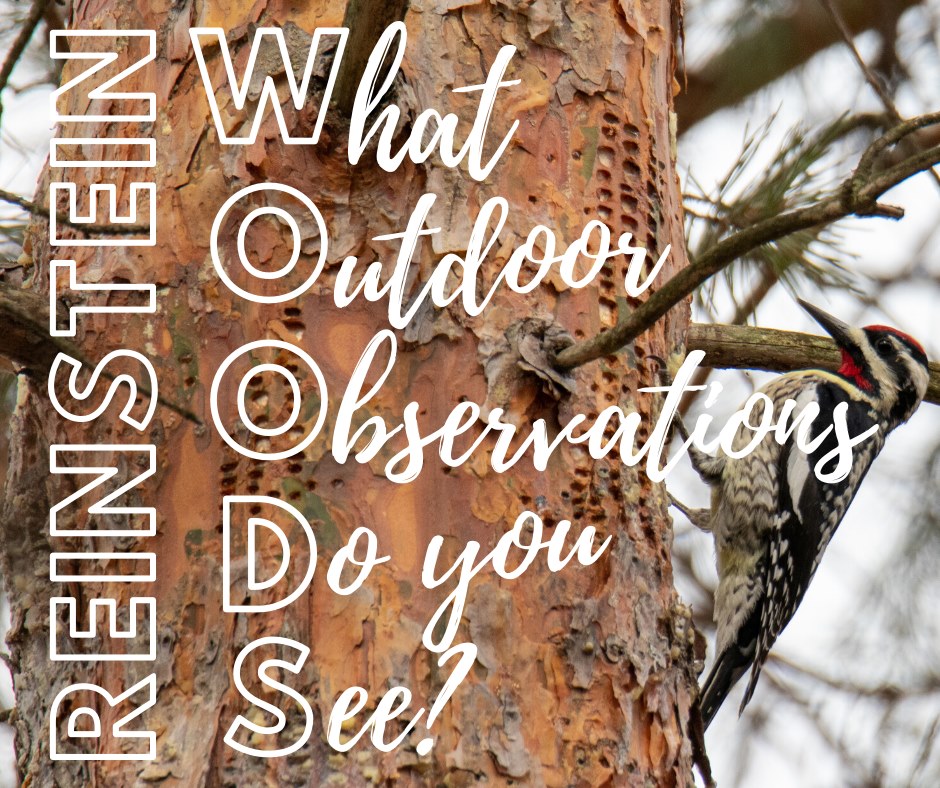
Challenge 7: Can you find any signs that birds have left behind? It may be holes in trees, feathers on the ground, old nests, or more!
Now is a great time for birding. The changing season have birds more active, but the leaves are not yet fully out to cover the view!
What evidence did you see? Take a photo of what you found and come up with a hypothesis of what kind of bird may have left it behind. Do you think it is a large bird, or a small bird? What would a bird need to leave that sign? Share your findings!
Virtual “Woods Walk” Series
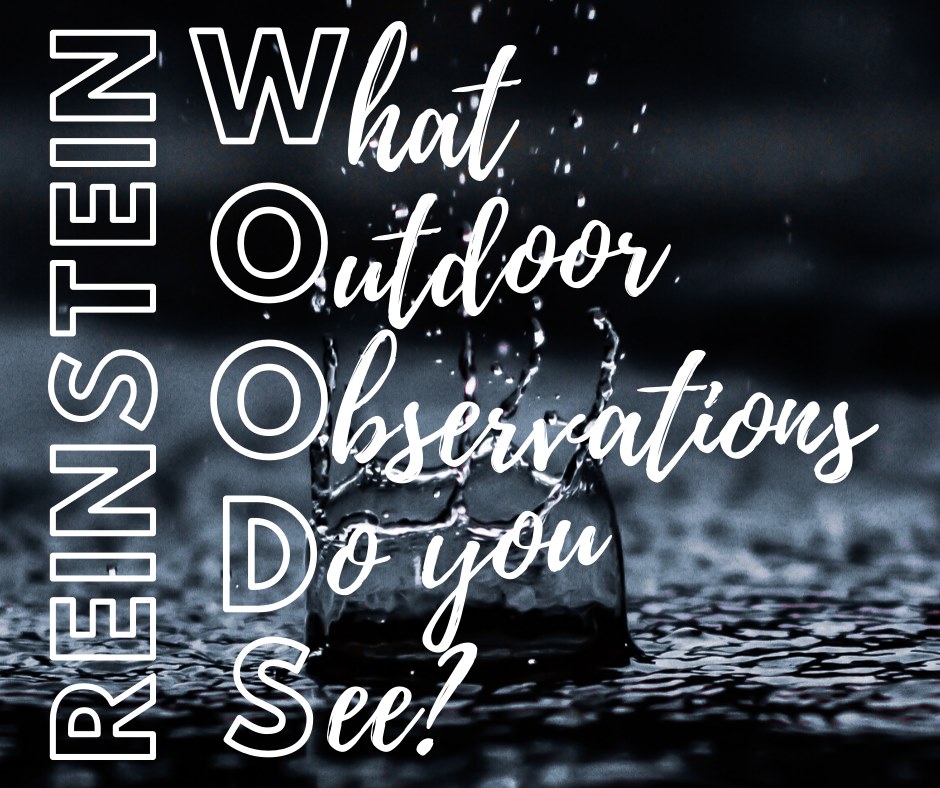
Challenge 6: Where does water go?
Don’t let the rain keep you
inside! Head out and follow the water in your area. We love these
prompts from the Schuylkill Center:
– Follow the path of rainwater from your roof, your doorstep, or the sidewalk in front of your house. Where does it lead?
– Is the water carrying anything with it? Where do you think these objects end up?
– Notice areas where the water puddles. Why do puddles form in some places but not others?
– If you follow the water to the end of your street, you might see it
flow into a storm drain. Where do you think the water goes after that?

See more at: http://www.schuylkillcenter.org/…/children-need-nature-rai…/
Virtual “WOODS Walk” Series
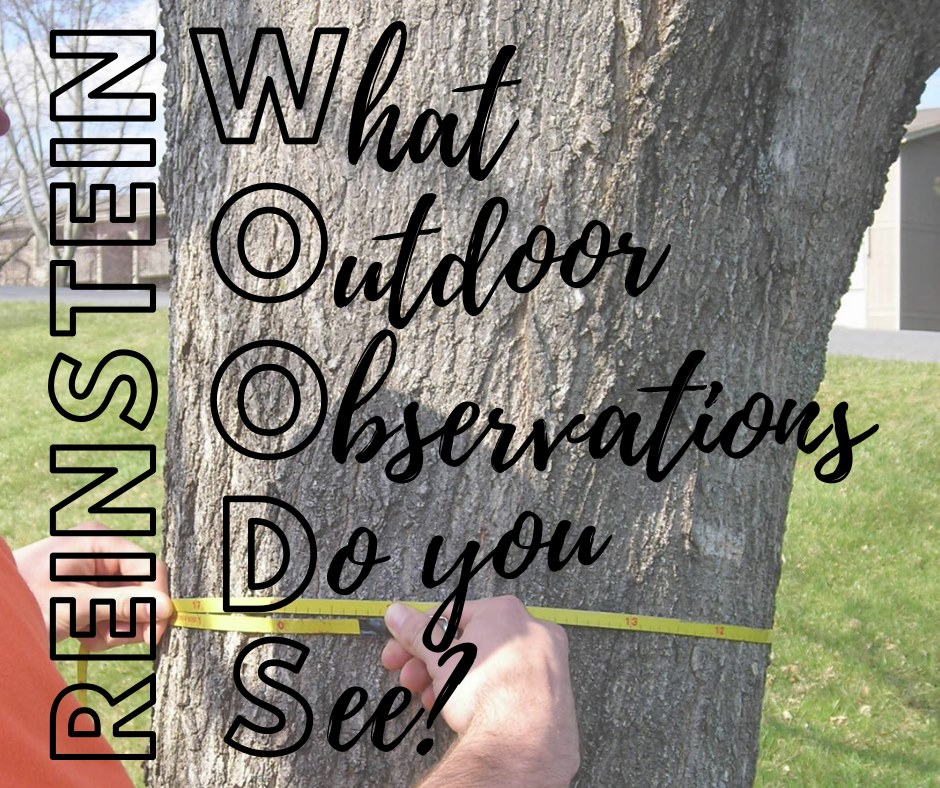
Challenge 5: What is the value of that tree?
Find a tree and measure its circumference using measuring tape or a string. Next, go to https://mytree.itreetools.org/. Follow the instructions to produce a simple “nutrition-style” label that shows a tree’s benefits!
How much CO2 does your tree absorb? Rainfall?
Visit https://www.plt.org/…/teaching-with-itr…/value-of-that-tree/ for full activity.
Virtual “WOODS Walk” Series

Challenge 4: Find a leaf as big as your hand!
Download the “Leafsnap” app or visit http://leafsnap.com/species/ to ID your leaf! Practice using a dichotomous key to ID your leaf using the Arbor Day Foundation online tool at https://www.arborday.org/trees/whattree.
Virtual “WOODS Walk” Series
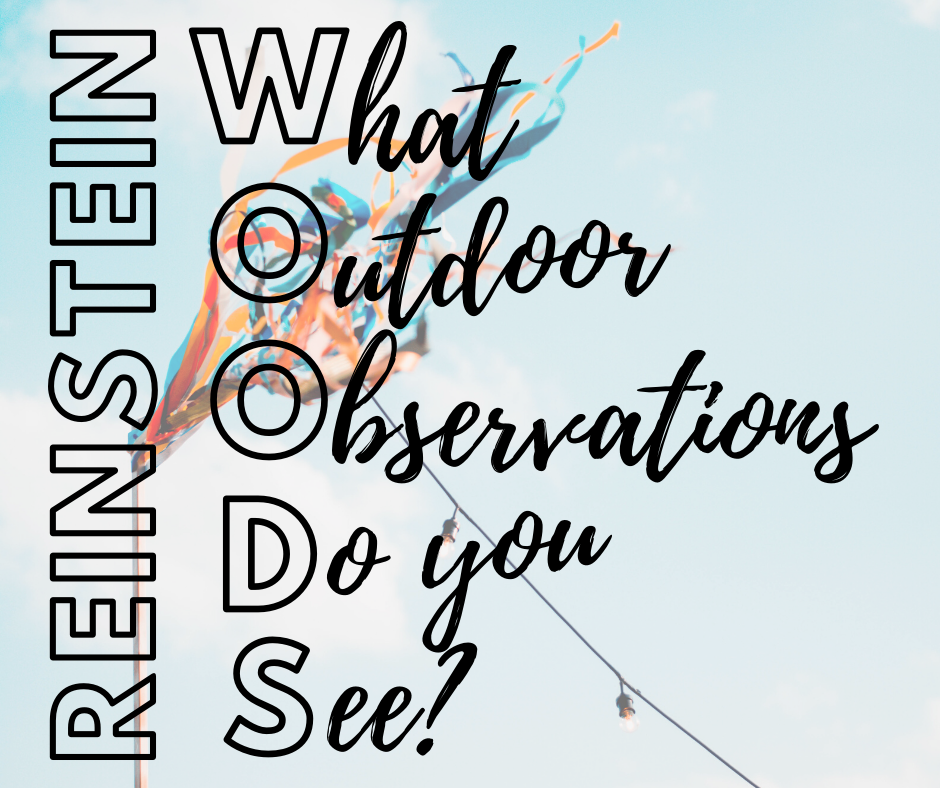
Challenge 3: It’s a windy day out there! Tie a bandanna, piece of ribbon, or flagging tape to a stick and hold it in the air. Using a compass (or your phone compass), determine the direction of the wind. Wind direction is the opposite of the direction in which the cloth is pointing.
Extension: Make an anemometer to measure wind speed out of cups and cardboard: http://www.reachoutmichigan.org/…/le…/energy/anemometer.html
Virtual “Woods Walk” Series
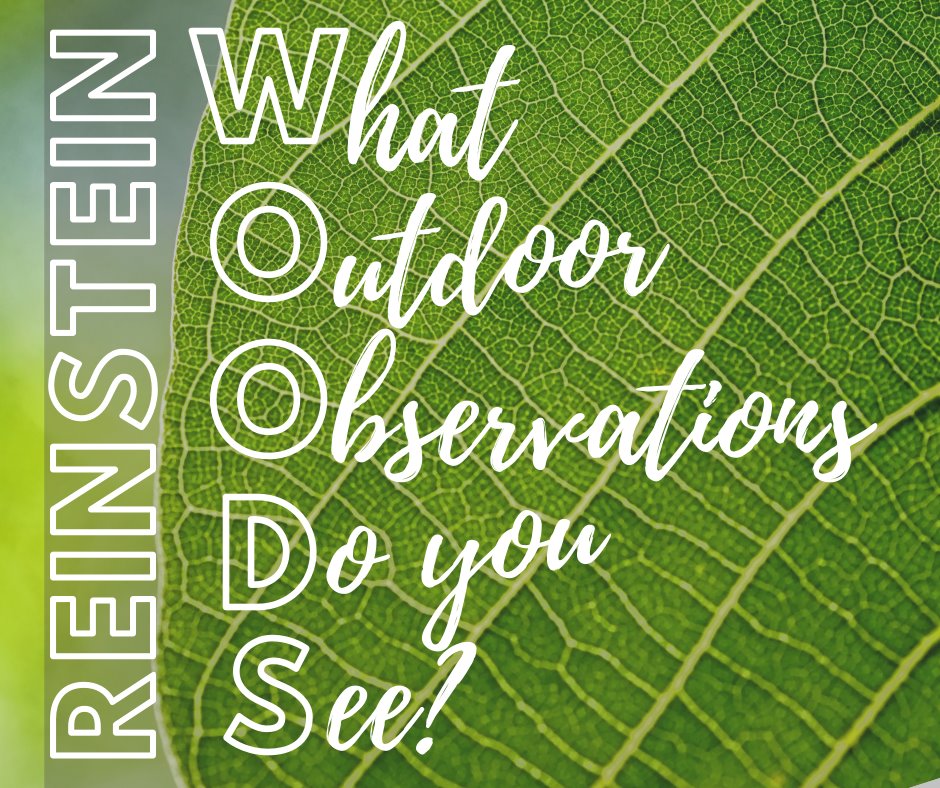
Challenge 2: Celebrate the spring equinox! Try the old tradition of balancing an egg on its head, sing “Happy Birthday” to spring, or thank all the signs of spring you see on your walk today.
The 2020 vernal equinox- the moment when the Earth axis isn’t tilted toward or away from the sun- occurs at exactly 11:49 p.m. tonight. This is the earliest start to spring in 124 years! Our days are growing longer and warmer as the Northern Hemisphere tilts toward the sun.
Make a list of all the things you observe that show spring is here! This list can include
• Tree and flower buds blooming
• Birds chirping
• Woodpeckers drumming
• Frogs Peeping
• Bees and Butterflies
• Scents of spring returning

